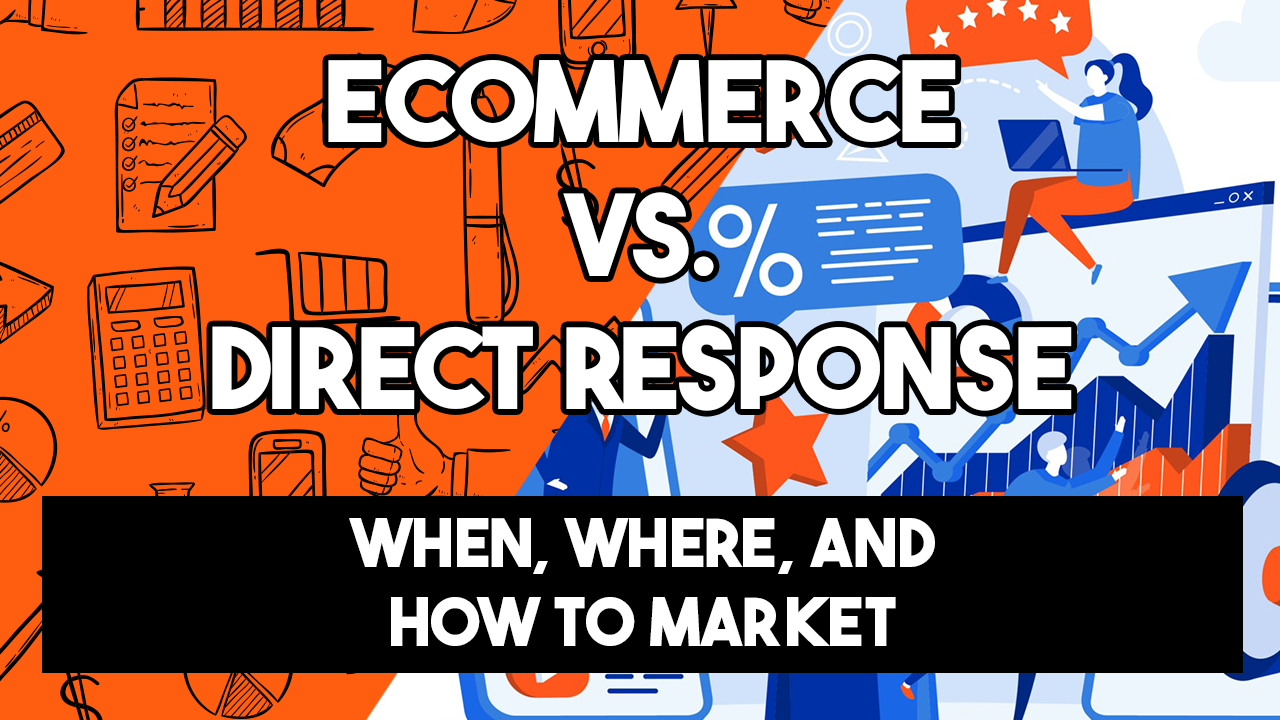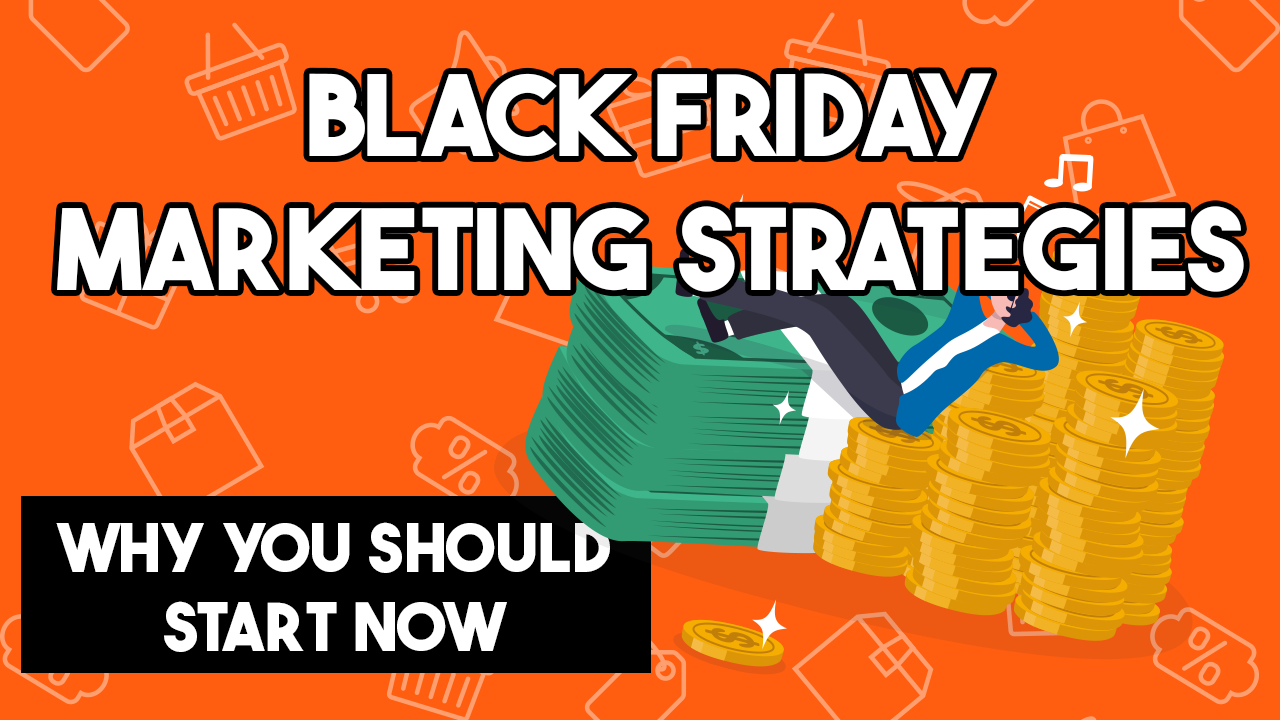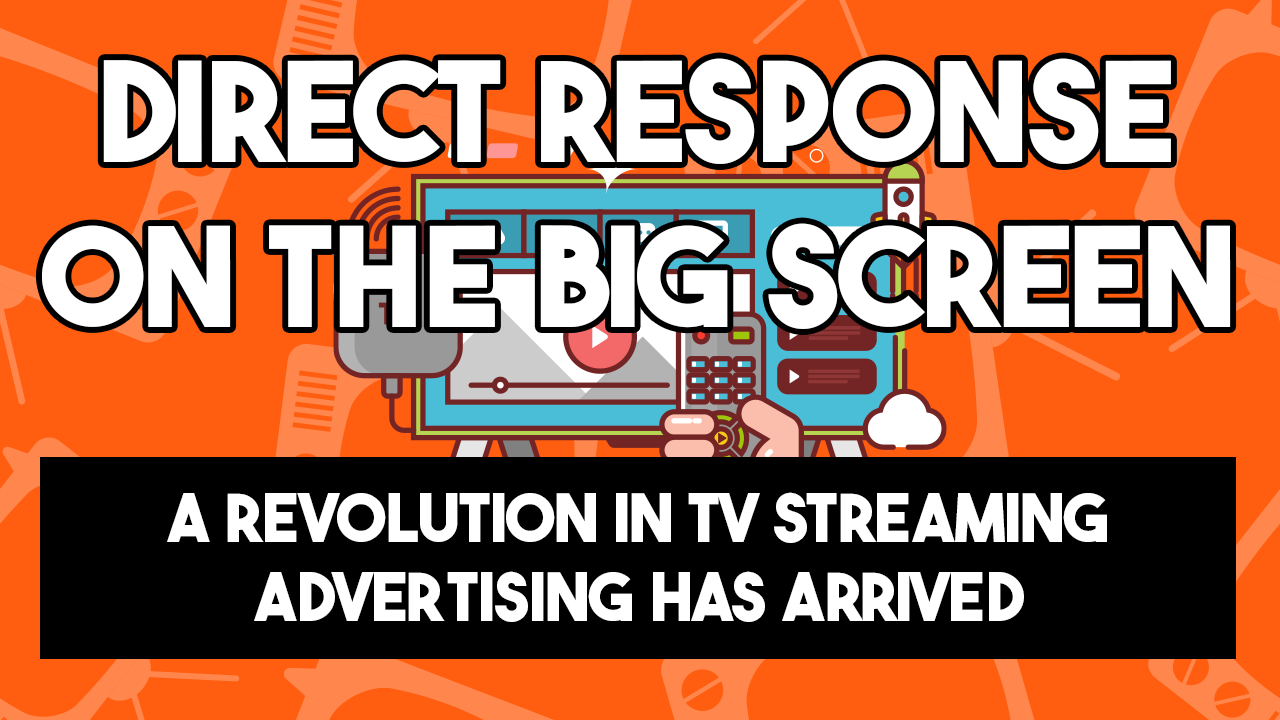Category: DIRECT RESPONSE
-
eCommerce vs. Direct Response, What’s the Difference?
Understanding the nuances of different selling strategies has never been more essential. As our world increasingly shifts to digital realms, businesses must align their practices to reach customers effectively. Two prevalent online sales methodologies that often stir confusion are ecommerce and direct response. Both approaches have reshaped the way businesses sell products and services, yet…
Written by

-
Is It Too Early to Start Black Friday Marketing? When and Why You Should START NOW
Well, folks, it’s that time of year again. No, I’m not talking about pumpkin spice lattes or the sudden appearance of Halloween decorations in every storefront. I’m talking about Black Friday – the “Super Bowl” of sales, if you will. I know, I know. “But it’s still summertime!” you might protest. “Isn’t it too early…
Written by

-
Stream, Shop, Smile: Roku and Shopify’s Revolutionary Shopping Experience Breakdown
In the rapidly-evolving digital world, one might think the possibilities for advertising and e-commerce are endless. Yet, a noticeable gap persists: the world of TV streaming has largely remained untouched. Well, maybe not untouched but more unrealized. Ads have existed on streaming since streaming’s birth. Viewers today enjoy a plethora of content on their TV…
Written by

-
Build, Scale, Sell: Why You Should Build Your Small Business to Sell It
Entrepreneurship is a journey filled with ups and downs, one that requires tenacity, courage, and an unyielding belief in your vision. But have you ever considered the end game? What’s your ultimate goal with this venture you’re embarking on or have already begun? In this post, we’ll discuss an approach that may seem counterintuitive at…
Written by

-
The Future of Direct Response Marketing: Trends to Implement NOW
Direct response marketing is a strategy that has continuously proven its worth. This marketing technique has a rich history of connecting businesses directly with their desired audiences, urging them to take immediate, measurable action. The allure of direct response marketing lies in its potency for generating immediate results, its trackability, and the ability to target…
Written by
